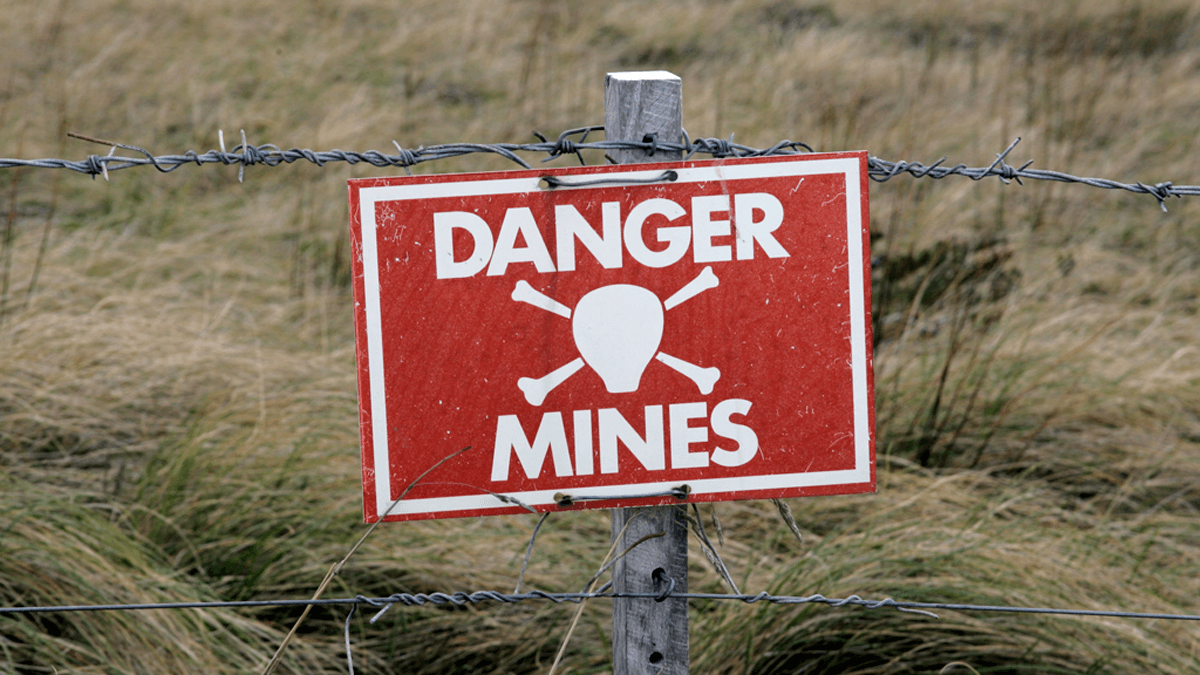Here is our #1 recommendation for innovation success: Don’t start development stage work without quantitative evidence of customer needs. You can use Preference interviews followed by Market Satisfaction Gaps… or some other unfiltered, unbiased evidence. Two tips: 1) Don’t do this for very small projects, just those requiring 1+ person-year of development. 2) Don’t do this for technology development. Just product development, where you’ve targeted a specific market segment.
More in article, Market Satisfaction Gaps… your key to B2B organic growth
A landmine is something that could blow up your high-stakes project. Consider 3 points: 1) Landmines pose a greater threat in unfamiliar terrain, so be extra careful outside your core. 2) We don’t like to think about unhappy thoughts–like landmines–so be diligent in investigating assumptions that could become landmines. 3) No one steps on a landmine they can see. So the team’s first job is to make all assumptions visible… and then determine which might be a landmine.
To see how this is done, view the video at Project De-risking with Minesweeper
A large, unexpected revenue upturn this quarter feels good, right? But the satisfaction is fleeting. What you need is growth that is unrelenting, earned and reliable. If your growth is serendipitous—not the result of superior growth capabilities—you’re just setting yourself up for problems in 12 months. That’s when you’ll be held accountable for year-over-year results. Then you’ll be expected to repeat last year’s revenue windfall and then some.
More in article, B2B Organic Growth: Moving to earned growth
Dan Adams, President and Founder of The AIM Institute was interviewed by hosts Brian Baranek and Mitch Eichler for the Hydraulic Valve Dialogue. In the episode, (listen on Apple Podcasts), Dan, Brian and Mitch talk about New Product Blueprinting and what it is doing for Parker and its channel partners. Hydraulic Valve Dialogue is a ... Read More
In B2B-optimize quantitative interviews you ask customers to rate importance and current satisfaction for key customer outcomes. Without these convergent interviews, you’re essentially “guessing” what customers want. You simply cannot trust qualitative insight alone, as we all tend to “hear what we want to hear.” This is called confirmation bias… and the only antidote is to ask customers to think in a structured manner, giving you quantitative data in an unfiltered fashion.
More in Preference Interview Research Report
Without well-executed, qualitative, divergent interviews, you can expect errors of omission… failing to uncover unarticulated customer needs. Are teams criticized for these errors? No, because no one realizes something was omitted at the time of the error. A second problem is the failure to engage customers. You miss the chance to impress them as a supplier that wants to better understand and meet their needs.
More in article, The Front End of Innovation: How much is “too much”?





